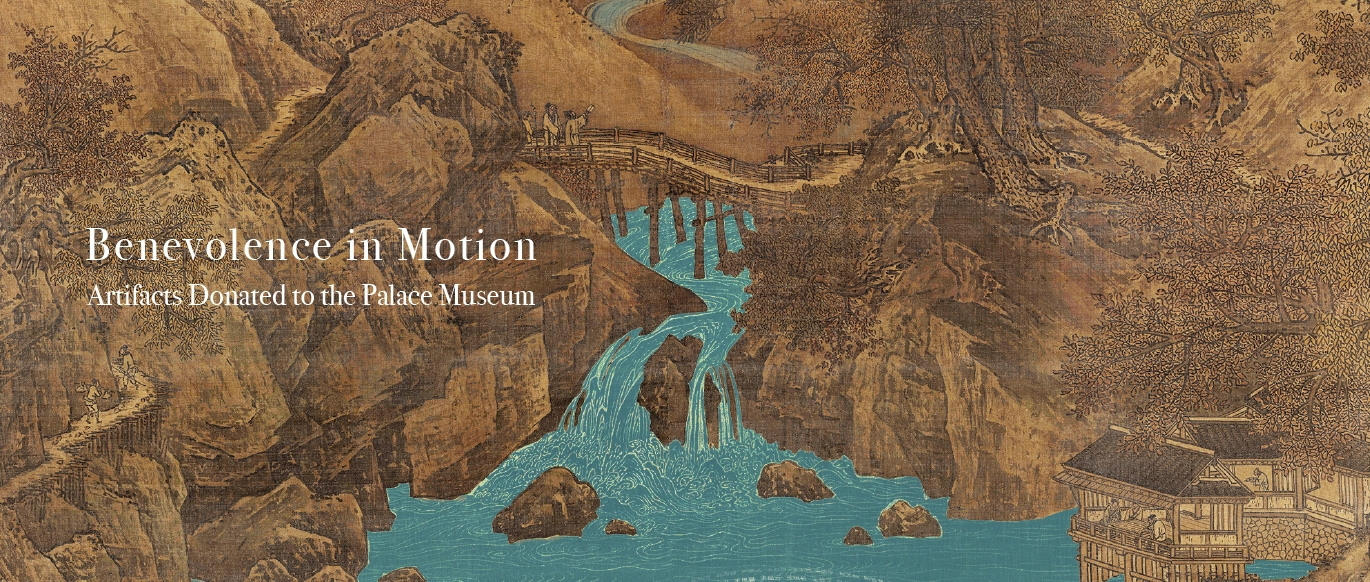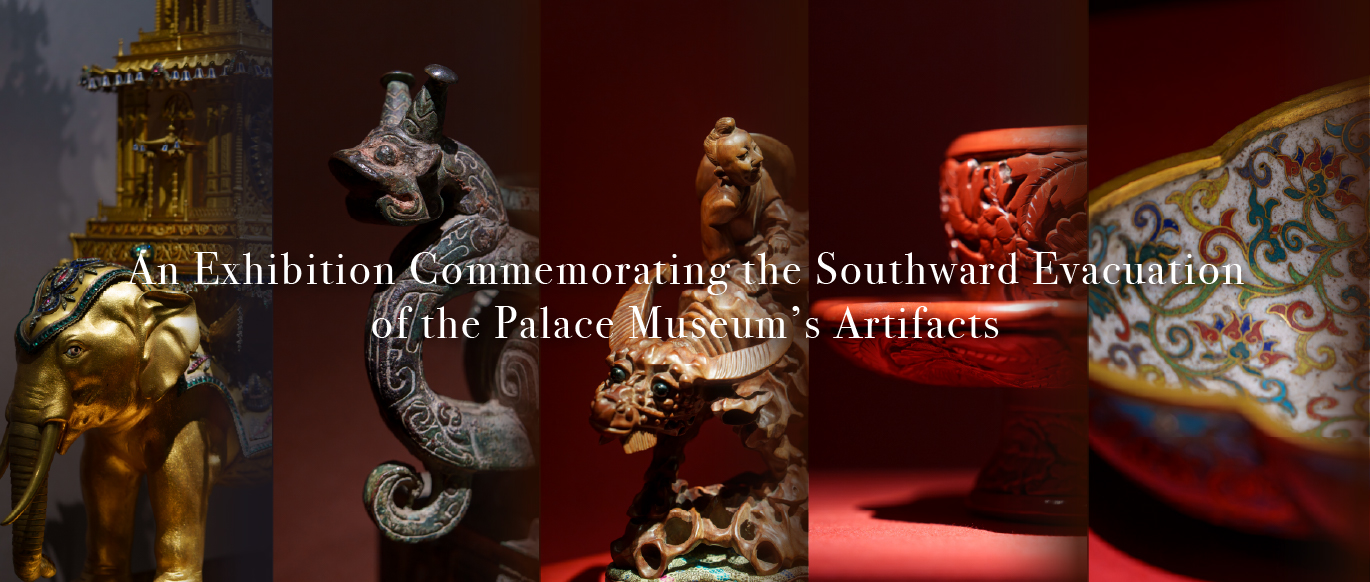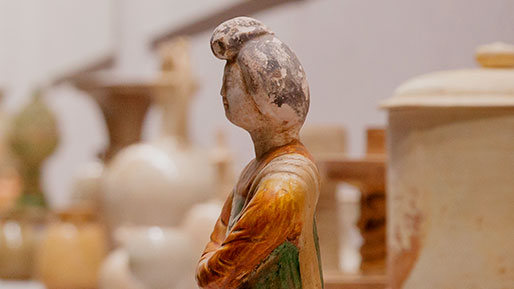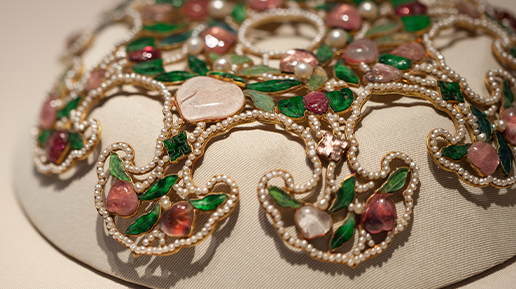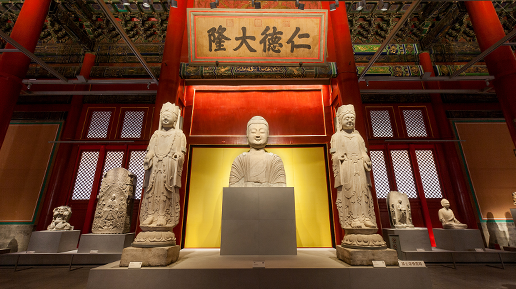Wang Xizhi was a leading innovator of calligraphy during the Wei and Jin dynasties, and "The Orchid Pavilion Preface" stands as his masterwork. Acclaimed as the "greatest work in the running script under heaven" throughout the history of Chinese calligraphy, "The Orchid Pavilion Preface" has exerted a tremendous influence, serving as a model for subsequent calligraphers. It is recorded that the original copy was buried in the tomb of Emperor Taizong of the Tang dynasty (618-907) after his death. As a result, all existing versions of the work are either handwritten or imprinted. The handwritten ones are freehand copies or tracings of the original, while the imprinted ones are rubbings from stone engravings of the work, made to broaden its circulation.
The Palace Museum houses more than three hundred printed versions of "The Orchid Pavilion Preface", including well-known ones made during the Song dynasty. The diverse rubbings displayed in the current exhibition are either made from stone engravings based on handwritten copies, or from re-engravings of earlier versions of the work. These precious relics have thus made their way through the centuries to demonstrate a brilliant and flourishing "Orchid Pavilion Culture".




